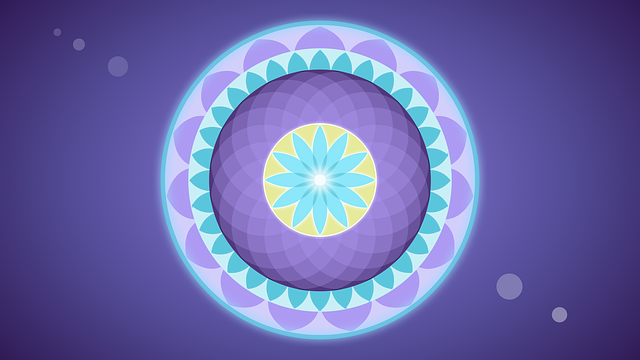Quantum dots (QDs) are semiconductor particles a few nanometres in size, having optical and electronic properties that differ from larger particles due to quantum mechanics. They are an important topic in nanotechnology and are highly regarded as the smallest particles in the world – mainly because of their optical properties.
Quantum dots have properties intermediate between bulk semiconductors and discrete atoms or molecules. Their optoelectronic properties change as a function of both size and shape. The color of that light depends on the energy difference between the conductance band and the valence band.
Large QDs of 5–6 nm diameter emit longer wavelengths, with colors like orange or red. Smaller Qds (2–3 m) emit shorter wavelength – yield colors such as orange and red. If they are smaller, the specific colors vary depending on the exact composition of the Q. Potential applications of quantum dots include single-electron transistors and solar cells, LEDs or lasers.
Source:
[1] Wikipedia Contributors. “Quantum Dot.” Wikipedia, Wikimedia Foundation, 24 Dec. 2020, en.wikipedia.org/wiki/Quantum_dot. Accessed 8 Jan. 2021.
[2] DG-RA. “Mandala Circles Meditation – Free Vector Graphic on Pixabay.” Pixabay.com, 26 Mar. 2017, pixabay.com/vectors/mandala-circles-meditation-2170439/. Accessed 8 Jan. 2021.
